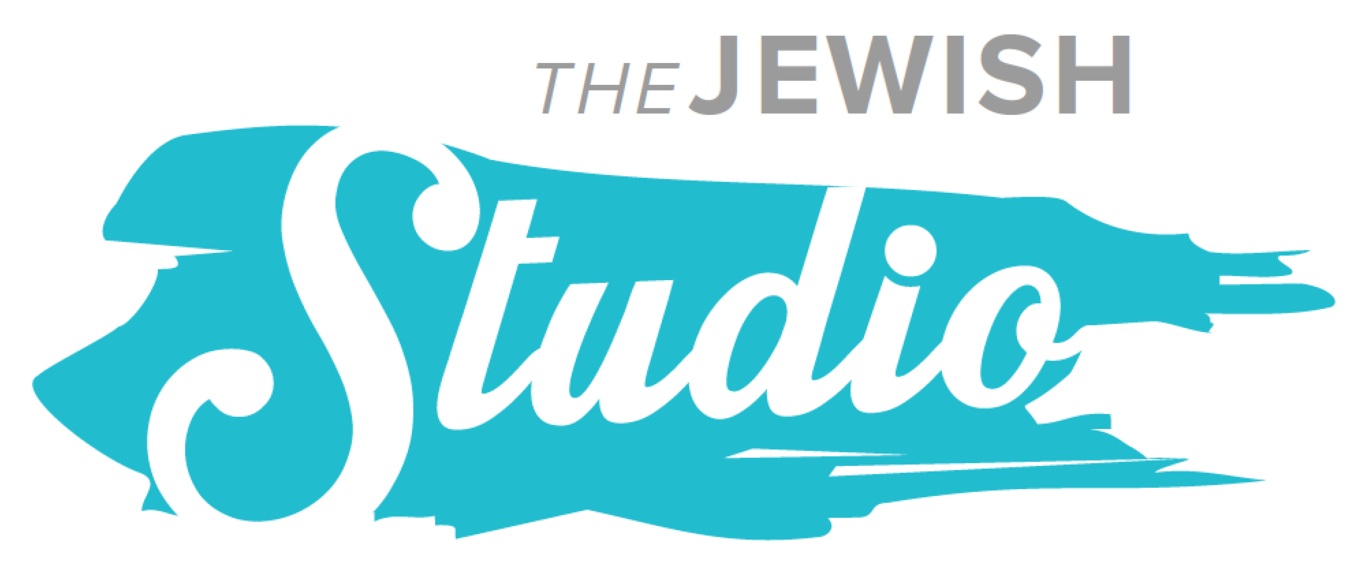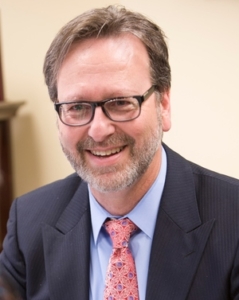Tangled Up In Blue (Jewish PTSD)
The Jewish people have post-traumatic stress disorder (PTSD). Our fixation on remembering renews the trauma of an oft-attacked people. The Jewish calendar cycles us through a history of slavery, exile, and annihilation. We read through Torah, year after year, with all of its tales of flood, famine, and warfare. As a result, modern Judaism needs therapy.
The association of memory and emotion is key to understanding Judaism today. Scientifically speaking, negative emotions are more easily affixed to memory. As Bob Dylan might say, Judaism is tangled up in blue.
On the Jewish calendar, we are rounding the corner past Tisha B’av. On that fast day, we recall when the Holy Temple was twice destroyed. Later in the calendar, we celebrate Passover by revisiting slavery in Egypt. Our tradition demands that we recall these tragedies in every generation. Engagement with our history of victimhood reconnects us with emotions of anxiety, stress, and fear. Yet, our PTSD battle cry is “never forget!”
Moreover, the connection of our emotional states to memory alters how we recall the past. When trauma is associated with memory, our brain tries to cope with the distress. As a result, our memory is compromised and our narrative gets distorted.
Here’s an example from Torah. In Deuteronomy, Moses recalls the events of forty years in the desert. Yet, the narrative is revised from the prior books of the Torah. Moses recites previously unknown and unlikely conversations with God. Moses blames the people for his own disappointments. This leader’s emotions colored his memory and created new narratives. Moses’ speeches in Deuteronomy set out a template for the Jewish future, based on his emotion-distorted memory.
Jewish responses to the Shoah present another example. After the Holocaust, Judaism was reimagined. Yeshivas taught that Hitler’s goal was to eradicate Torah. Orthodoxy doubled down on Halachah to exceed past adherence to Jewish law. Ultra-Orthodoxy today attempts to compensate or overcompensate for the six million lives lost. “To the Yeshivish world, true defiance and triumph came from total subservience to God’s commandments and an unquestioning acceptance of His will, regardless of the circumstances,” wrote Andrew Altman in the Forward in 2018.
Others in the post-Shoah era formed Jewish identity as a shield from anti-Semitism. Jewish life was defined for many with activism spanning from the Anti-Defamation League to the Jewish Defense League. Another response to the Shoah is an ebullient Zionism that promotes and protects Israel, the phoenix that rose from the ashes of the Shoah. These shifts were the consequence of memories linked to trauma. Beginning with a three thousand-year history of suffering stored in Jewish memory the trajectory of Jewish life was again redirected post-shoah.
Judaism, as a religious experience, continues to be shaped by trauma. My fear is that future generations will distance themselves from a Jewish life that operates either under the heavy yoke of Jewish law or the crushing weight of Jewish victimhood.
I believe we need to carve out a version of Judaism that allows us to be free from the baggage of both trauma and the orthodox overemphasis on halacha. Our task is to put Judaism into therapy so a healthier and emotionally uplifting Judaism can emerge. I believe we need to carve out a version of Judaism that allows us to be free from the baggage of both trauma and the overemphasis on Halacha. Let’s make an appointment to explore that thought!
Rabbi Evan Krame




 Evan J. Krame was ordained as a rabbi by the
Evan J. Krame was ordained as a rabbi by the